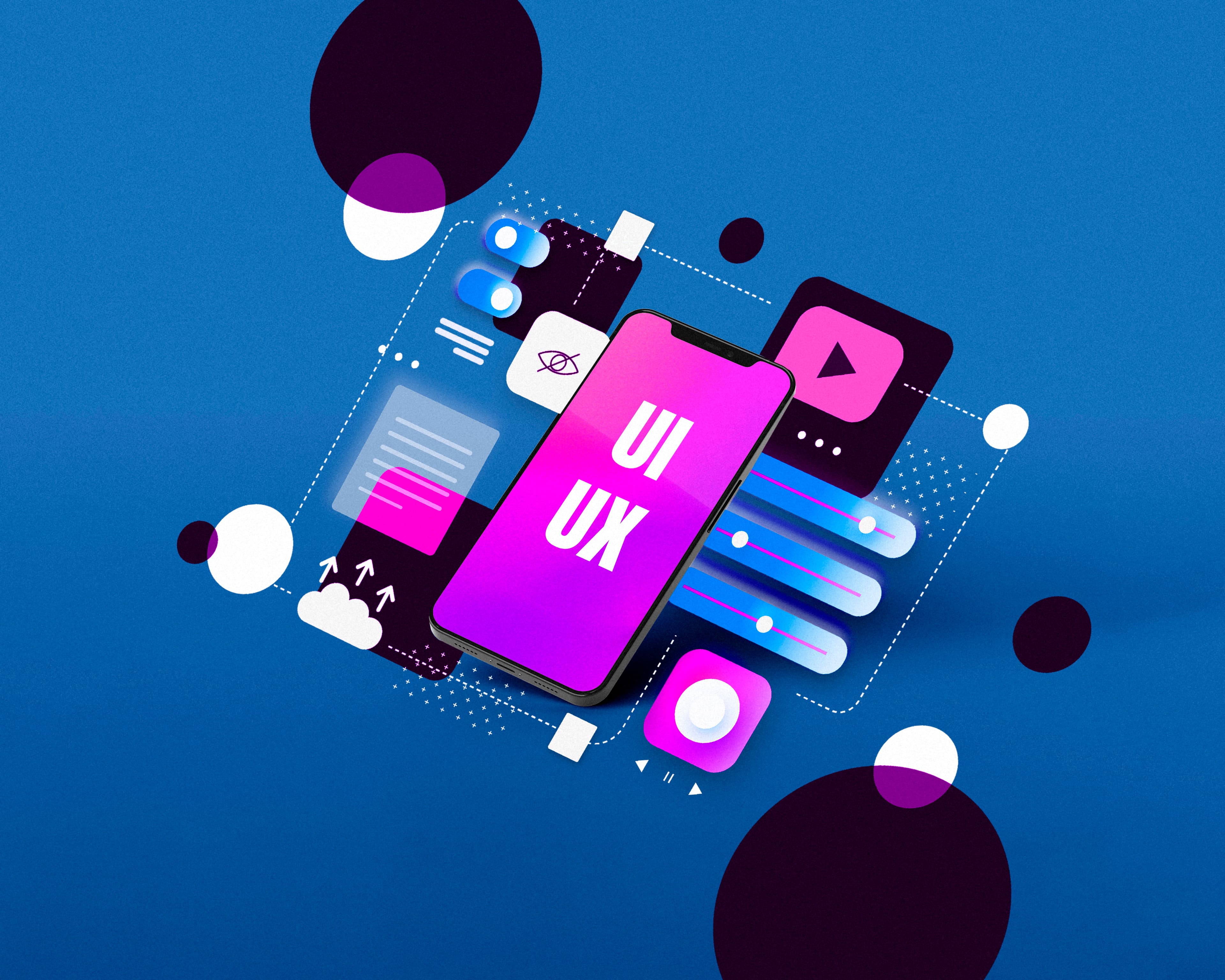
The Psychology Behind High-Converting Website Design
The Psychology Behind High-Converting Website Design
Great design doesn’t just look good—it’s engineered to influence. Behind every high-converting website is a deep understanding of how people think, decide, and act.
Today, web designers have more tools than ever to influence user behavior, and the best ones understand that every color, word, and animation matters. The key is aligning your visual strategy with how people actually make decisions.
Why Psychology Matters in Web Design
Your website isn’t just a digital brochure. It’s a decision-making environment. Every visitor is subconsciously asking questions like:
- Do I trust this brand?
- Is this the right solution for me?
- What should I do next?
When your design answers these questions with clarity, conversions follow.
Common Psychological Principles That Work:
- Cognitive Fluency: The easier something is to understand, the more trustworthy it feels. Clean layouts and familiar structures win.
- The F-Pattern: People scan screens in an “F” shape. Your most important content should align with this visual pattern.
- Hick’s Law: Too many choices overwhelm users. Keep navigation and options simple.
- Social Proof: Reviews and testimonials reduce risk perception.
- Anchoring Effect: First impressions shape all future perception—your above-the-fold section must deliver impact.
How to Integrate These Principles
1. Build Trust in Seconds
Trust indicators like professional design, testimonials, and security badges dramatically reduce bounce rates. Your goal is to look “established” and “safe” immediately.
2. Use Strategic Color Psychology
- Blue implies trust and reliability (great for service businesses)
- Red creates urgency (use carefully with CTAs)
- Green feels safe and positive (especially for health and eco brands)
The color scheme should match the emotional response you want your visitors to have.
3. Create Momentum with Micro-Interactions
Small details—like a subtle hover animation or a progress bar—can keep users engaged. These create psychological momentum, moving visitors forward with minimal friction.
Conversion Psychology in Action
Here’s what a high-converting experience might look like:
- Visitor lands on the site and sees a headline that speaks directly to their need.
- Visual hierarchy guides their eyes to key benefits and proof.
- A clear CTA appears before they even scroll.
- As they scroll, credibility builds with real-world results and testimonials.
- A second CTA nudges action at the right emotional peak.
This is by design—not by chance.
Final Thoughts
Psychology isn't just a design trend—it's the foundation of persuasive digital experiences. Every element on your site should guide visitors toward a decision. The more aligned your visuals, messaging, and structure are with how people actually behave, the more conversions you'll see.
Want Your Website to Subtly Influence Every Click?
We use proven psychological triggers—like trust signals, attention flow, and decision frameworks to guide visitors toward action.
See how Edgeify builds high-converting websites


